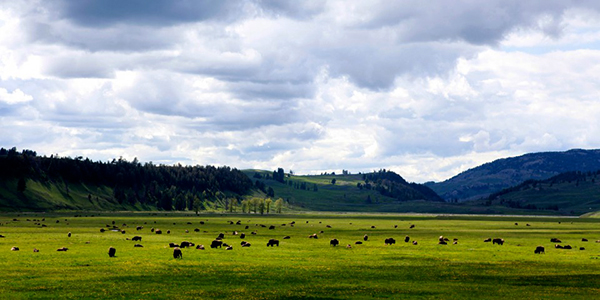Bookcliffs Range, Utah – Dozens of individuals peacefully disrupted road construction and stopped operations on Monday at the site of a proposed tar sands mine in the Bookcliffs range of southeastern Utah. Earlier this morning, Utahns joined members of indigenous tribes from the Four Corners region and allies from across the country for a water ceremony inside the mine site on the East Tavaputs Plateau. Following the ceremony, a group continued to stop work at the mine site while others halted road construction, surrounding heavy machinery with banners reading “Respect Existence or Expect Existence” and “Tar Sands Wrecks Lands”.
Indigenous people lead everyone to bless the water and pray for the injured land at the site of the tar sands test pit where work was stopped.
“The proposed tar sands and oil shale mines in Utah threaten nearly 40 million people who rely on the precious Colorado River System for their life and livelihood,” said Emily Stock, a seventh generation Utahn from Grand County, and organizer with Canyon Country Rising Tide. “The devastating consequence of dirty energy extraction knows no borders, and we stand together to protect and defend the rights of all communities, human and non-human,” Stock said.
Monday’s events are the culmination of a weeklong Canyon Country Action Camp, where people from the Colorado Plateau and across the nation gathered to share skills in civil disobedience and nonviolent direct action. Utah’s action training camp and today’s action are affiliated with both Fearless Summer and Summer Heat, two networks coordinating solidarity actions against the fossil fuel industry’s dirty energy extraction during the hottest weeks of the year.
“Impacted communities are banding together to stop Utah’s development of tar sands and oil shale. We stand in solidarity because we know that marginalized communities at points of extraction, transportation, and refining will suffer the most from climate change and dirty energy extraction,” said Camila Apaza-Mamani, who grew up in Utah.
Lock-downs in combination with mobile blockades were used to enforced a for a full-day work stoppage at Seep Ridge Road.



